There is no denying that electric bicycles are becoming more prominent in the UK, with sales figures more than doubling since the beginning of 2020. Whether it’s for the school run or the commute, they’re a fantastic tool to get people moving and for replacing journeys they might otherwise make in a car.
There are plenty of types of e-bikes on the market. Think of a cycling discipline and there is an electric variation available for you to buy (although perhaps not literally, with the current supply chain issues). But how do you know which bike is right for you and your needs?

What is an electric bike?
An electric bike or a 'pedelec' is a bicycle that uses a motor to assist in the forward propulsion of said bike and rider. A small battery-powered motor provides a boost while you pedal. In the UK, electric bikes are limited to a maximum power output of 250W or in assisting up to a speed of 15.5mph, whichever you hit sooner. They’re also unable to provide power unless you are pedalling. In other words, they can’t use a throttle in the same way as a moped. But other than the addition of the motor and battery systems, they operate much like an unassisted bicycle. You can expect a range of between 25 and 70 miles on one charge, depending on the bike and battery. Each usually comes with different assist settings – for example, Eco mode, which uses a smaller percentage of the total motor output to save the battery. However, each bike is different, so it's advisable to check the manual before operating it on the road. There are two main types of motor on an e-bike: mid-drive and hub drive. A hub drive motor sits in the hub of the wheel, and a mid-drive is positioned between the cranks. Each has its benefits and disadvantages, but the technology has progressed to a point where either will work sufficiently for most riding.

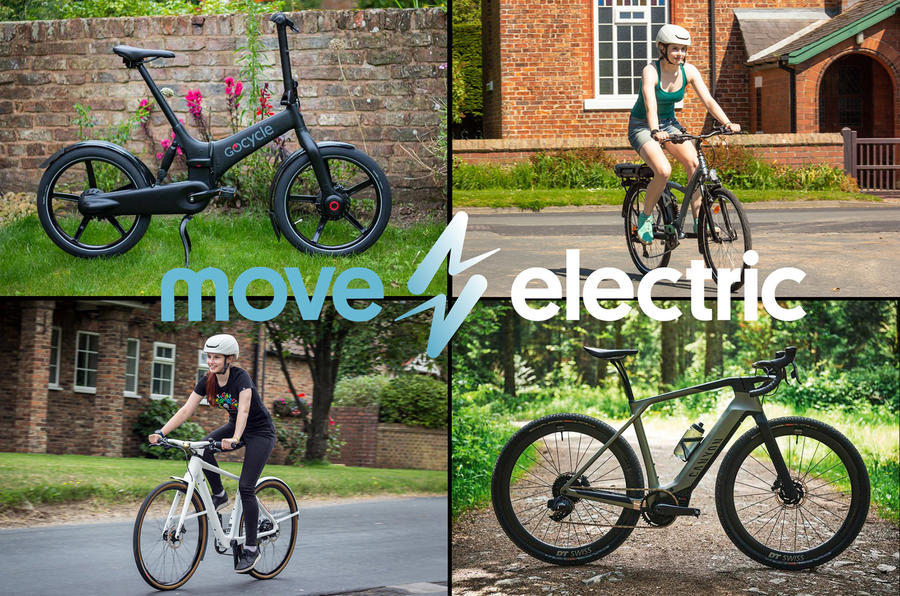

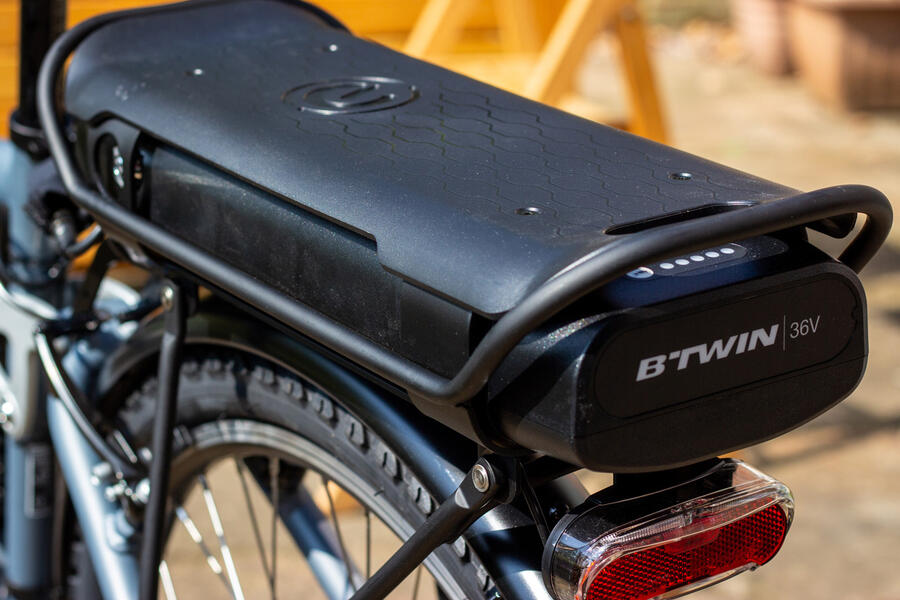
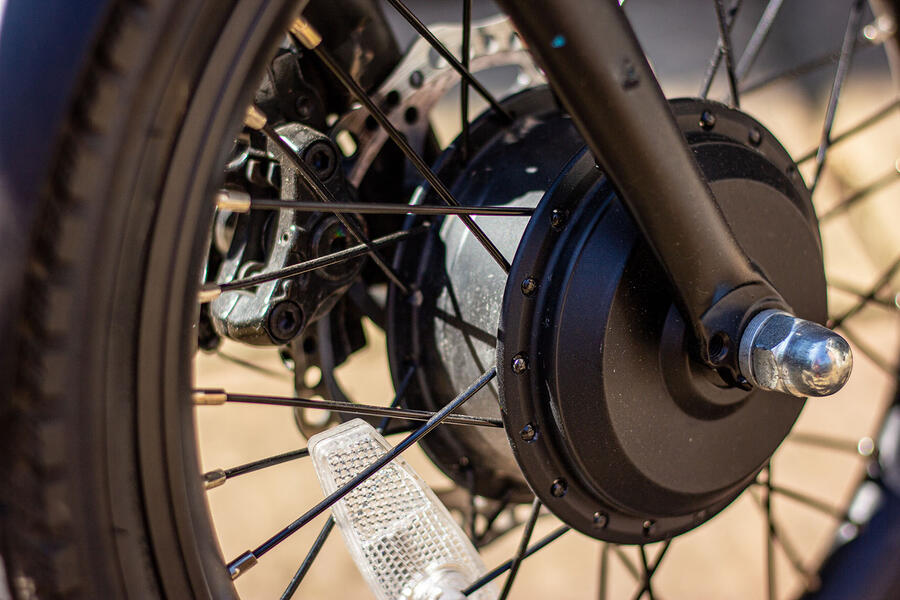
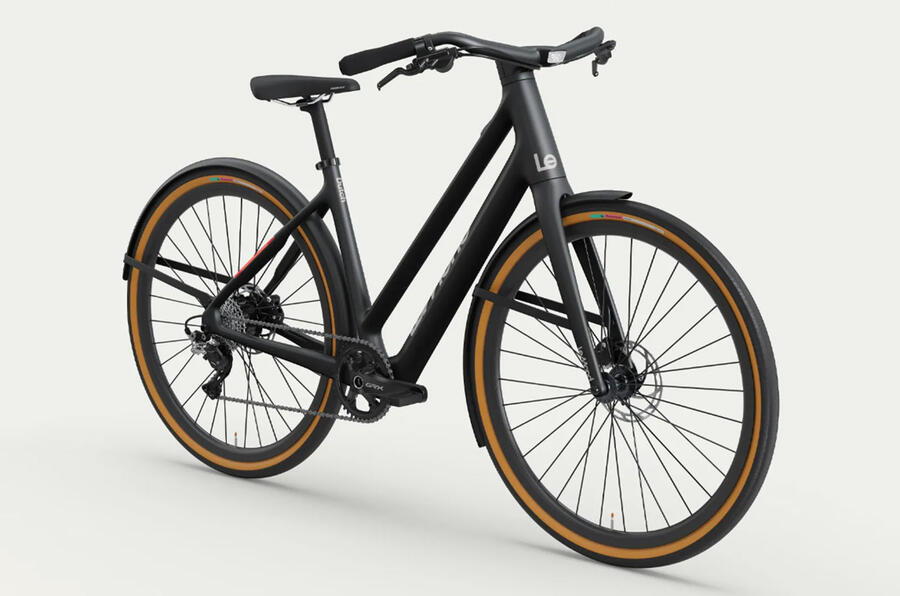
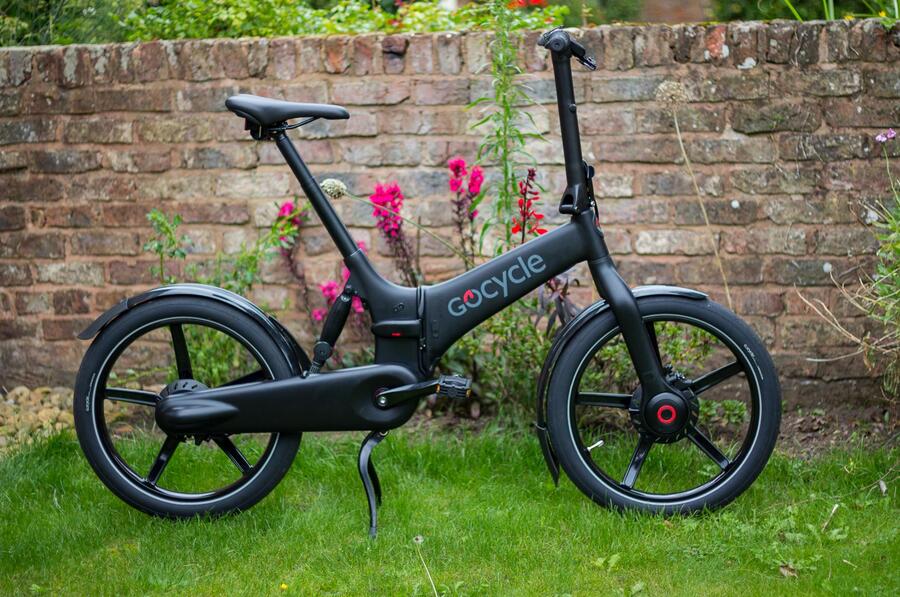
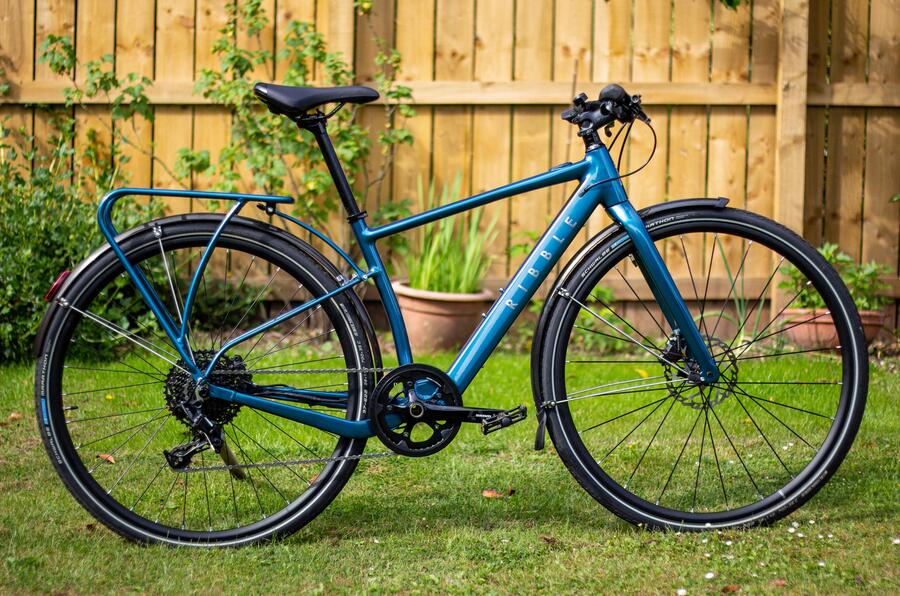
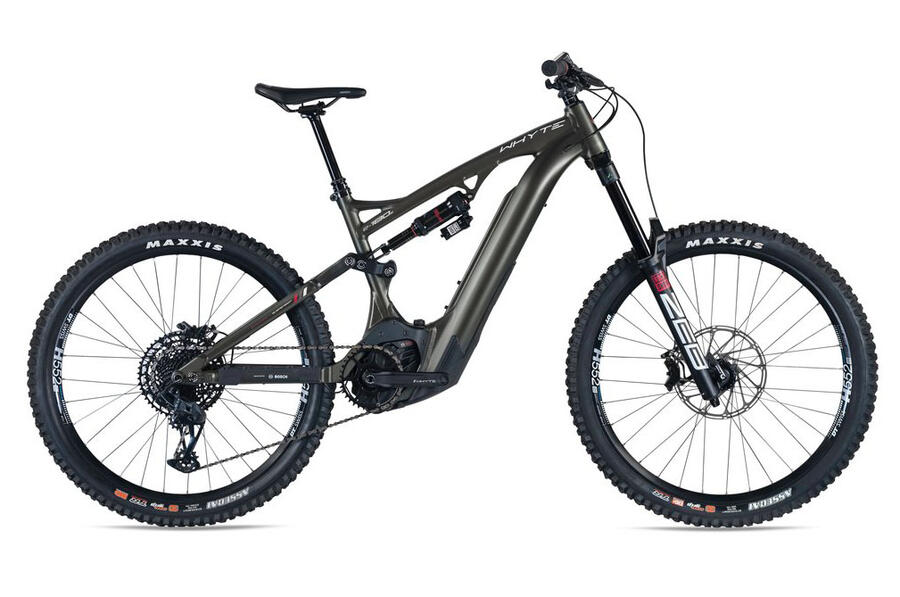
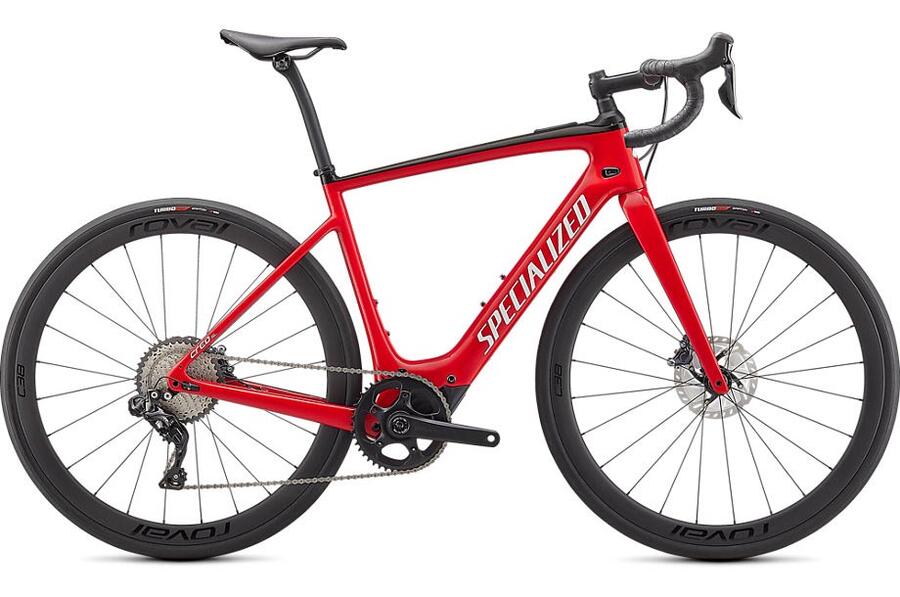
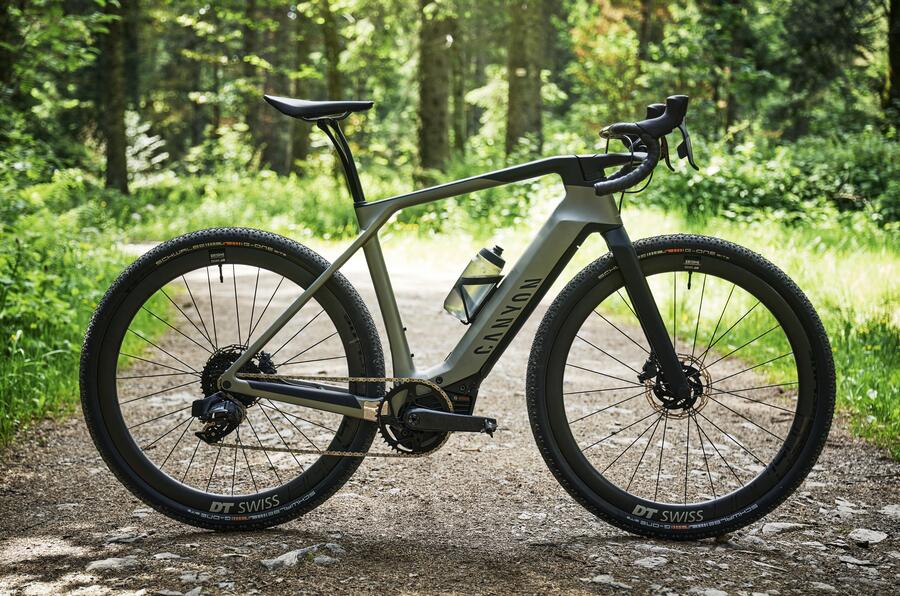
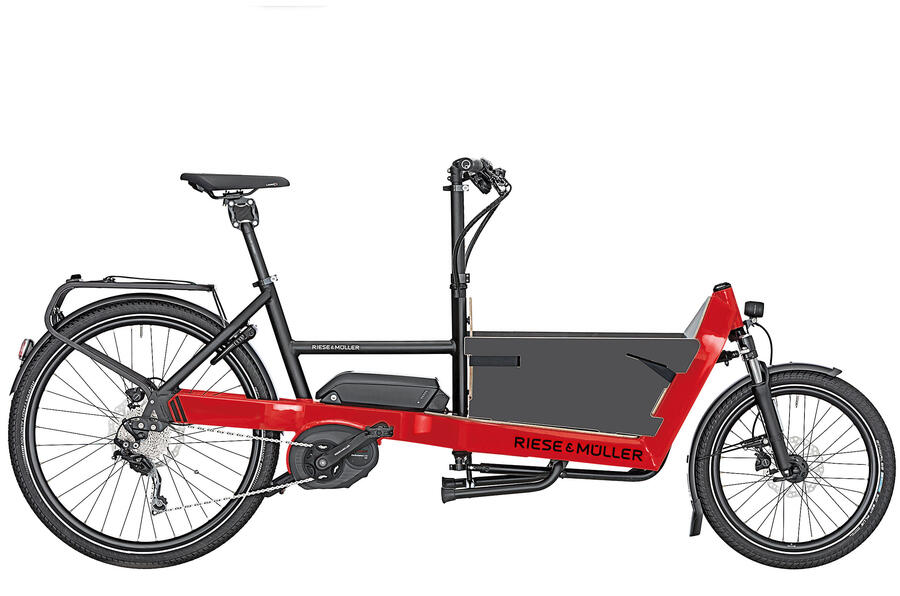


Join the debate
Add your comment
Why don't e-bikes have energy recovery?
So far as I know, no e-bike is able to recover lost kinetic energy when going downhill or braking. This probably doesn't matter for many of us using a bike on flat ground and using the brakes infrequently, but I'm sure that it would drastically improve range, or allow smaller lighter batteries for the same range for those living in hilly areas where braking is often needed.
Electric bikes are certainly good, but i think they could be a whole lot better if this feature was incorporated.
Interestingly, on the Autocar website next to this very article, is an advert for an American company called Cyrusher electric bikes.
These (acording to your ebike article) appear to be illegal for the road in the UK as they have a twist grip speed controller, 28 mph top speed and 750W motor. Of course, no mention of the legality in the UK!
What is the point of carrying adverts on your website for illegal bikes - I take it that these should be classed as electric mopeds which need licence, Insurance, registration?
I was quite taken with these until I realised the legal implications (and the only one year electric motor warranty!).
289, its simple. I am reading the same article with the same advertisment sat in Florida, USA where it is, as you point out, legal?
@boris9119
I take your point Boris, but last time I checked Autocar was a British publication.
RH Drive,Imperial gallons and £ sterling pricing being a bit of a give away.
Even the Cyrusher ad is priced in sterling.